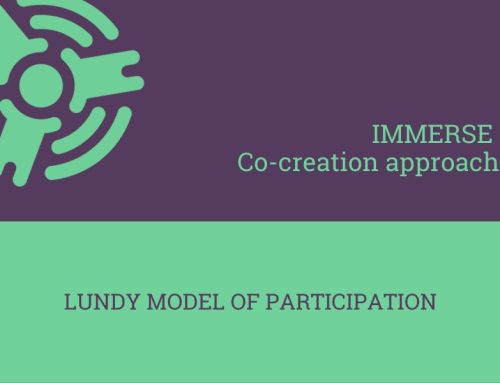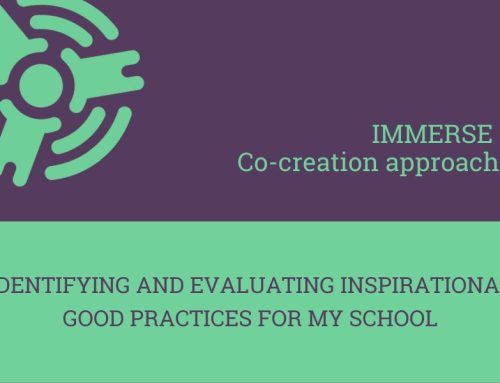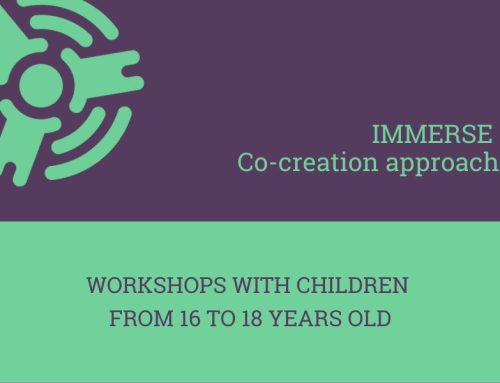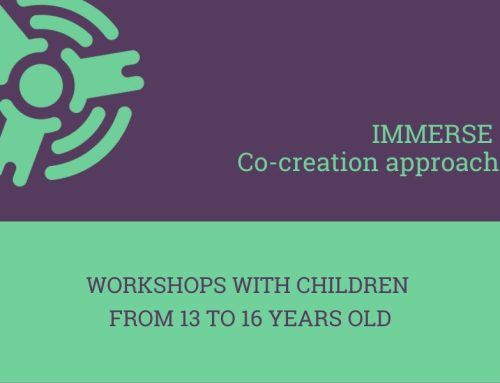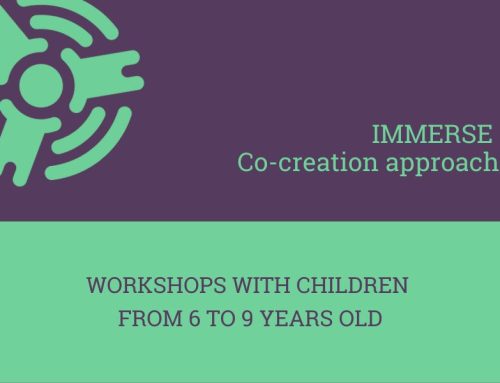Group agreement
| Strengths
A great exercise for creating a flat hierarchy among all participants at the very start of the session. No one opinion is more important than any other. It also provides structure for the workshop Weaknesses There could be some points that certain participants do not agree upon, and this could present an obstacle that has to be overcome. Aim To collaboratively create a safe and respectful space where everyone can work together productively. Objectives
Materials
|
Procedure Start the workshop by negotiating the group agreement. The key to this exercise is in the name: it only works if everybody agrees on the proposed points as a group. The idea is to the set the tone for how people will behave. Possible propositions might include: “Respect everyone’s opinions”; “allow everyone an equal opportunity to speak” (this could be more specific – “no interrupting” for example); “confidentiality”; “mobile phones switched off, or onto silent mode”. Challenges may arise if some participants do not agree upon a certain point. This will require everyone to discuss and negotiate a solution together |
|---|
Problem Tree Analysis
| Strengths
Suitable for small and large groups and includes all participants. Visual nature of the exercise makes it easy to comprehend complex issues. Weaknesses If participants do not have direct experience with the issue at hand, they may struggle to find ideas. Aim To establish both the causes and effects of a relevant problem as well as their prior and subsequent manifestations. Objectives
Materials
|
Procedure If you have a large number of people, divide them into smaller groups. Decide upon a relevant issue. Draw a large tree with a broad trunk and branches/roots that split as they reach further outwards. Write the core issue on the trunk. Collect ideas from participants and write or draw the various causes and consequences on the roots and branches respectively. Here, you can use the thicker areas for more general ideas, before becoming more specific as they branch out. This will provide an overview of both primary and secondary factors. |
|---|
Case Studies
| Strengths
Useful for covering several different topics in a short space of time. Perfect for larger groups. Requires a number of different skill-sets. Weaknesses Participants may struggle in adhering to the time limits. Aim Foster understanding of important issues through a record-and- recount approach. Objectives
Materials
|
Procedure Divide the participants into smaller groups. Hand out the different case studies to each group and provide more detail if necessary. Allocate a set amount of time for the groups to read and discuss their case study. Then have them write a summary that they will present to the rest of the group. Once the reading is finished, open up the topic for feedback from the rest of the participants. This will lead to the formation of new ideas. Bear in mind that the participants may need some guidance in their reading of the text. Consider preparing questions in advance to help them. |
|---|
Six Thinking Hats
| Strengths
The activity encourages participants to develop a broad range of ideas by asking them to take on new perspectives. Good for large groups. Weaknesses Participants may initially struggle to come up with ideas that do not reflect their own opinion. Aim To consider an issue from all possible angles, ranging from the most negative to the most positive outcomes. Objectives
Materials
|
Procedure Split the participants into groups of six and issue each member with a different coloured hat (if you do not have hats, pens are also fine). Each ‘hat’ represents a different way of looking at something. Individuals within the group can wear one of the hats whilst the group discuss an issue. Below is one possible order for a creative problem- solving process. The roles the ‘hats’ bring give you a chance to thoroughly examine every option and to prioritise or choose the best one(s).
|
|---|
Head, Heart, Feet
| Strengths
Encourages participants to reflect on the workshop in a creative style. A good way to close the session. Weaknesses – Aim To round off the workshop in such a manner that participants have something to go away with. Objectives
Materials
|
Procedure Post a flip chart drawing of a person on a wall or in the middle of the floor with head, heart, and feet explicitly shown. Distribute three sticky notes to each participant. Ask participants to identify three things (one per sticky note) that they learned in the workshop/session: a new idea, a feeling, and an action idea or skill (something they can use outside the workshop/session). (Invite contributions in words, headline form, or drawings.) Ask participants to put their sticky noted on the larger flip-chart. |
|---|
Role-play
| Strengths
Group members get new impressions about other people’s thinking and feeling. At the same time, participants self-reflect their own thinking. Weaknesses Conversation could at some point focus on the same arguments. Facilitators should supervise and encourage the other group members to rotate. Aim Allow people to understand both sides of a conflict. Possibly develop a definition of acceptable behaviour (e.g. conflicts over power, sexism, ageism etc.). Objectives
Materials
|
Procedure Set up a situation involving two sides. At an important point in the role play, have everyone freeze. Ask people to take the opposite role and take up the conversation where it left off. The facilitator may have to help people remember what the last lines of the dialogue were. It can help if the facilitator physically moves people to their new positions and says, “You are now X, and you are now Y”. Give people a moment to mentally shift to their new identities and resume the role play. Follow the role play with an evaluation. |
|---|

